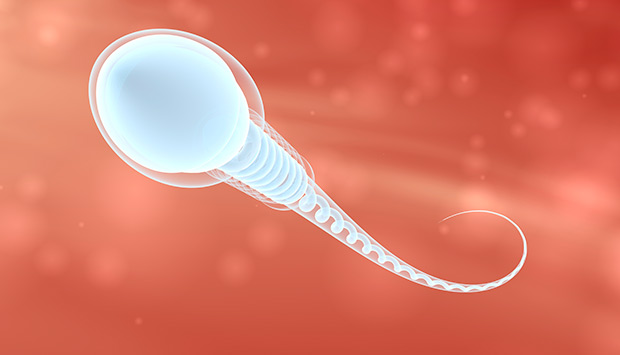
Analysis of the epigenetic landscape of male reproductive cell maturation reveals how genes involved in development are poised for expression.
© Eraxion/iStock/Thinkstock
The transition from immature reproductive cell to newly fertilized egg can involve many alterations in gene expression. An international team co-led by researchers at A*STAR has shown that at each stage of development reproductive cells may reach a ‘crossroad’ where they can ‘choose’ whether to express the gene that will allow them to progress to the next developmental ‘junction’, or not.
Led by Ernesto Guccione from the A*STAR Institute of Molecular and Cell Biology in Singapore and Brad Cairns from the University of Utah, the team analyzed the regulatory marks on DNA and histones that occur during the different stages of male germ cell development. They found that many genes involved in sperm formation and early development contain both activating and inhibitory regulatory marks. These may provide a ‘stop-or-go’ mechanism for reproductive cells at each stage of maturation, giving them the green light to develop to the next stage.
The formation of mature sperm cells begins when primordial germ cells (PGCs) transform into adult germline stem cells (AGSCs). The AGSCs mature into sperm by undergoing specialized chromosome-reducing divisions called meiosis. Once a mature sperm joins with an egg cell, the organism begins its developmental program.
Epigenetics is the study of changes in gene expression caused by modifications of genomic DNA or its supporting histone proteins. For example, adding methyl groups to DNA is thought to suppress expression of targeted genes, whereas adding methyl groups or acetyl groups to particular amino acids on histone proteins can either activate or inhibit gene expression. In many stem cell populations, histone proteins tend to have both activating and inhibitory regulatory marks near genes related to development: a state called ‘bivalency’. The researchers looked at AGSCs and assessed the extent of changes in DNA methylation or in histone bivalency during the transitions from stem cells to mature sperm.
The team found that the DNA of genes required for meiosis tend to be methylated in PGCs, but not in AGSCs. The DNA of both AGSCs and mature sperm contained low levels of methylation as well as bivalent histones near genes whose expression are required to initiate and control embryonic development.
“Surprisingly, genes primarily involved in the latest stages of sperm maturation are actively transcribed from promoters bearing both repressive marks such as DNA methylation and activating marks on histones,” Guccione points out.
The findings show how epigenetic regulation of gene expression is tightly controlled across the different stages of sperm formation.
The A*STAR-affiliated researchers contributing to this research are from the Institute of Molecular and Cell Biology.




